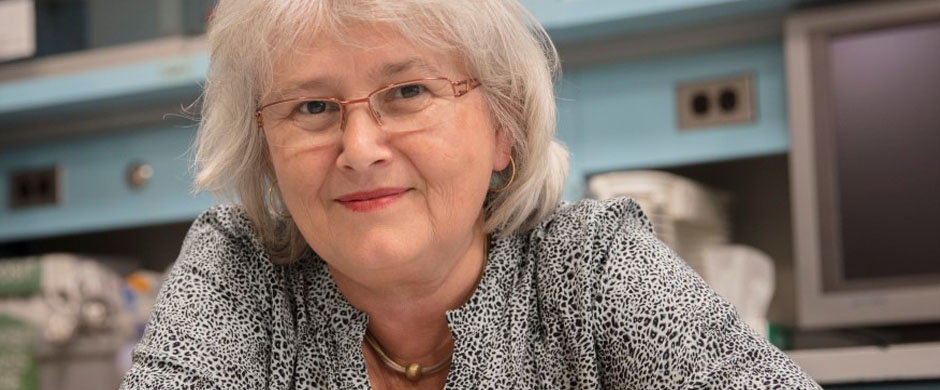My PhD in Organic Chemistry (from the University in Heidelberg, Germany) gave me a solid foundation for my career in conservation science. During my time at the Fraunhofer Gesellschaft, the leading organization for applied research in Germany, my interests focused on glass and ceramics conservation in general and on conservation material testing and development in particular. National and European Commission-funded international research projects encouraged me to work across disciplines and made me climb the scaffoldings on Gothic Cathedrals all over Europe. I am particularly interested in the alteration of material with time in various environments, which includes outdoor weathering and degradation of objects in the soil, as well as studies on the impact of indoor climate.
Over the past years, I have broadened my interest in the museum environment after introducing “Preventive Conservation” as a stand-alone course in the newly restructured curriculum at the Center. Together with my co-instructor Steve Weintraub I am working with the students on term projects ranging from show case refurbishment to museum lighting, evaluating the building envelope and special enclosures. As a chemist I am interested in color and art on a molecular level, but also in issues related to our visual perception and the visitor experience in relation to museum lighting.
I am still deeply committed to my glass and ceramics community. As coordinator of the Working Group “Glass and Ceramics” within the International Council of Museums – Committee for Conservation (ICOM-CC) I have organized the conference “Recent Advances in Glass and Ceramics Conservation - ICOM-CC Glass and Ceramics Working Group Interim Meeting” 25-29 May 2016, in Wrocław, Poland. I am the editor of the conference publication, following my editorial work for the proceedings from the conferences in Amsterdam (2013) and Corning (2010). Currently I am serving as Assistant Coordinator, preparing for the next meeting in London in September 2019.
While still being a firm believer in laboratory experiments, I always challenge myself with reality checks in the outside world, for example at archaeological excavations and in cathedral workshops. For example, I worked with one of my former students, Eman Zidan, on monitoring the environment in the Egyptian Museum in Cairo, leading to a publication in the American Research Center in Egypt (ARCE) Bulletin (206/2015). Also, I have spent three summers in a Rococo Castle near Salzburg, Austria, assessing the condition of an amazing collection together with NYU students and a group from our project partner, the Winterthur / University of Delaware Program in Art Conservation. Results from this research were presented at the annual meeting of the American Institute for Conservation of Historic & Artistic Works (AIC) in May 2016. Most recently I started preventive conservation campaigns involving students at Villa La Pietra in Florence.
In my role as Chairman of the Conservation Center (2014-2016) I was dedicated to facilitate the highest level of teaching for our students and to explore new areas of interest in the ever changing field of conservation. After two years of curriculum development we launched in September 2018 a new specialization in time-based media (TBM) art conservation as part of our MA/MS dual degree at the IFA, which is the first of its kind in the United States. This program requires students – and faculty – to cross the disciplinary boundaries of computer science, material science, media technology, engineering, art history, and conservation. Organizing TBM evening lectures and workshops (together with Christine Frohnert, Research Scholar at IFA) keeps me connected with a vibrant community of students and professionals.







